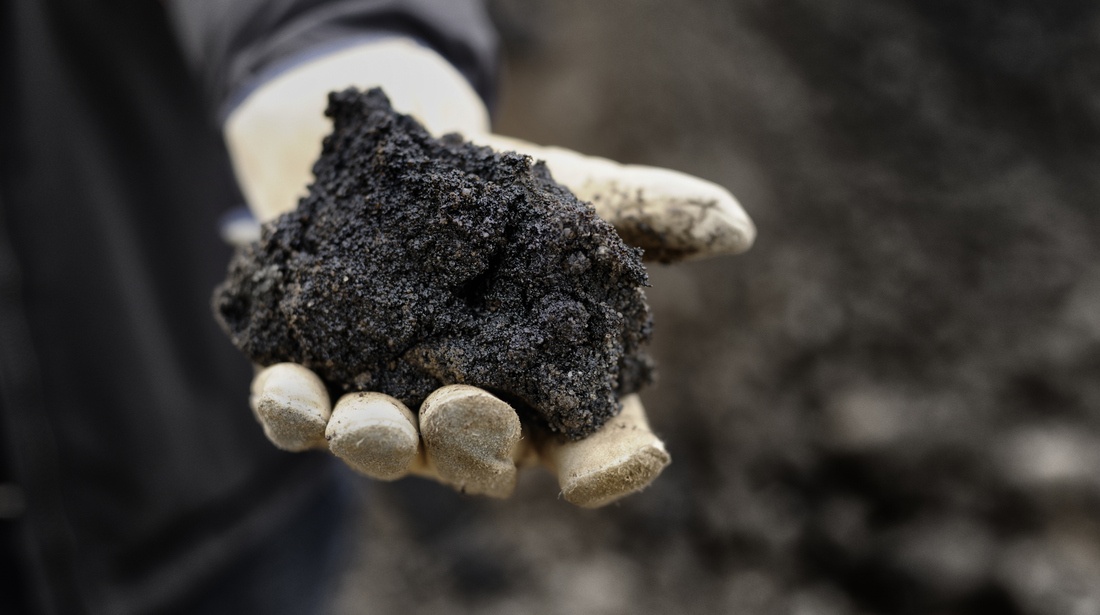Having subsoil moisture is pivotal to crop success. Lack of subsoil moisture can alter both farming practices and decisions. Most of the subsoil moisture is replenished in the spring when the ground thaws. Roughly 80% of rains in the late winter and early spring can infiltrate the soil and add to the subsoil moisture profile. Having a large amount of snow could help with depleted subsoil moisture levels, but only about 25% of melted water from snowpack will make its way into the subsoil. Iowa is not the only state struggling with depleted subsoil moisture levels; earlier this year, only about 30% of the acres in Nebraska had sufficient subsoil moisture levels.

Knowing your soil type and its moisture capacity can help when making agronomic decisions. Every soil type has different thresholds of water capacity, and some soils are more easily saturated than others. Tillage is known to dry out the soil while also decreasing rapid water infiltration, making it harder for water to move into the subsoil. Some fields could benefit from tillage to combat oversaturation, but in areas of depleted subsoil moisture, it could be detrimental. Obviously, no one knows how much rainfall you are going to have during the growing season, but having an idea of your subsoil moisture level is beneficial when making agronomic decisions.
Other than farming practices, hybrid and variety selection is key to maximizing your yield potential. Certain hybrids and varieties perform better in denser soils than they do in lighter ground. Knowing your subsoil moisture levels combined with your average environment will help you make an informed decision when consulting with your Stine® independent sales rep and regional sales agronomist.
Connect with your local Stine sales rep or regional sales agronomist for a discussion on subsoil moisture and our 2024 corn and soybean lineup.
Article Sources
- Clipper-Herald, Brian Neben Lexington. “April 2022-March 2023 11th Driest Period on Nebraska Record.” Lexington Clipper-Herald, 13 Apr. 2023, https://lexch.com/news/april-2022-march-2023-11th-driest-period-on-nebraska-record/article_65bc8288-da0e-11ed-ab99-db8386c2c4cc.html. Accessed 16 Nov. 2023.
- “Northwest Iowa Subsoil Moisture Survey Results Announced | Integrated Crop Management.” Crops.extension.iastate.edu, https://crops.extension.iastate.edu/blog/gentry-sorenson-leah-ten-napel/northwest-iowa-subsoil-moisture-survey-results-announced. Accessed 16 Nov. 2023.
- “Frequent Tillage and Its Impact on Soil Quality | Integrated Crop Management.” https://crops.extension.iastate.edu/encyclopedia/frequent-tillage-and-its-impact-soil-quality#:~:text=The%20effect%20of%20tillage%20on%20soil&text=Since%20tillage%20fractures%20the%20soil,the%20force%20of%20pounding%20raindrops. Accessed 16 Nov. 2023.
Related Articles
-

Use Stine’s XP® seed treatments to prevent early injury to your crops
December 2025 in Agronomy
-

Understanding Stine’s enhanced oil profile soybeans
December 2025 in Agronomy
-

Soil sampling sets the stage for spring
November 2025 in Agronomy
-

Corn production growth paves way for more high-performing Stine® hybrids
November 2025 in Agronomy



